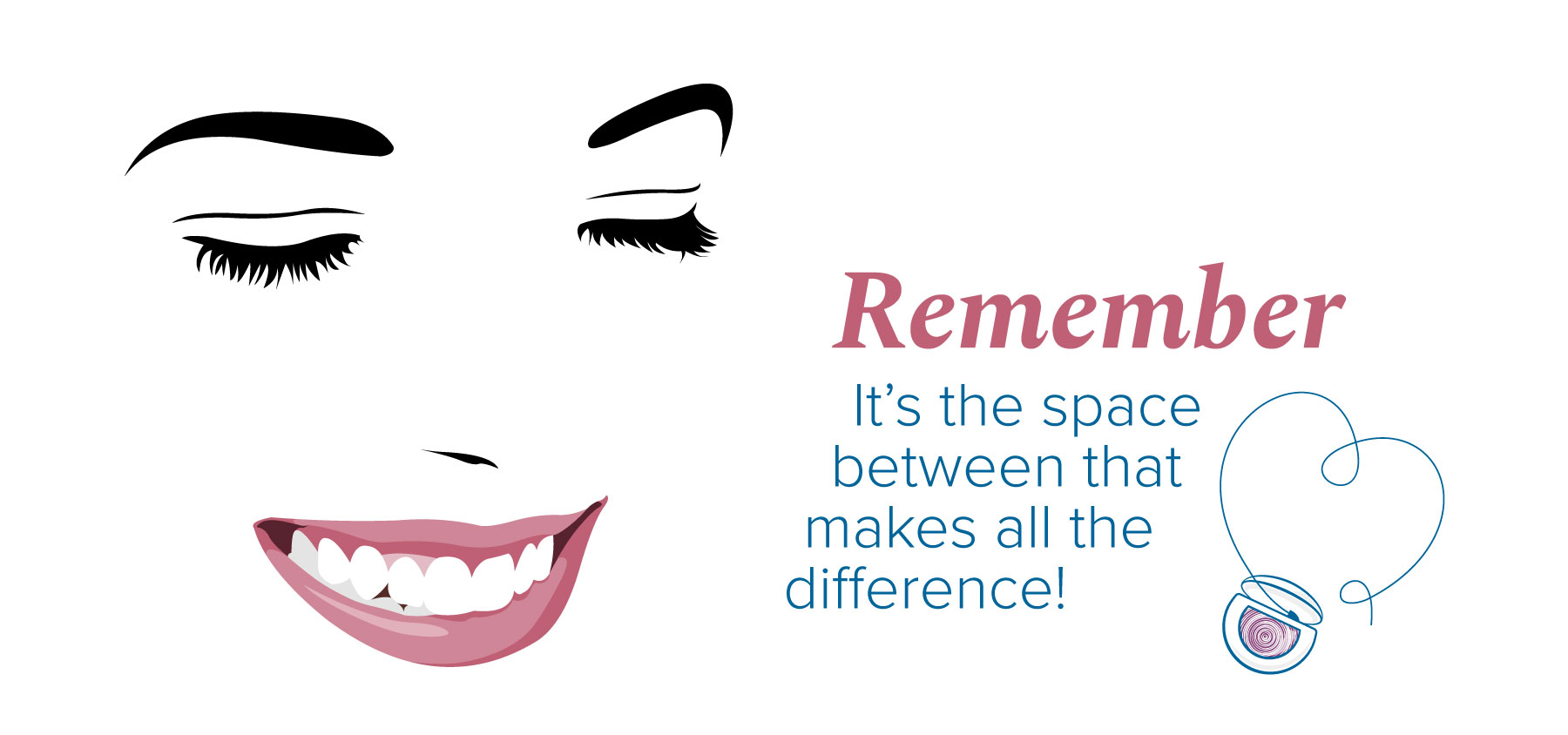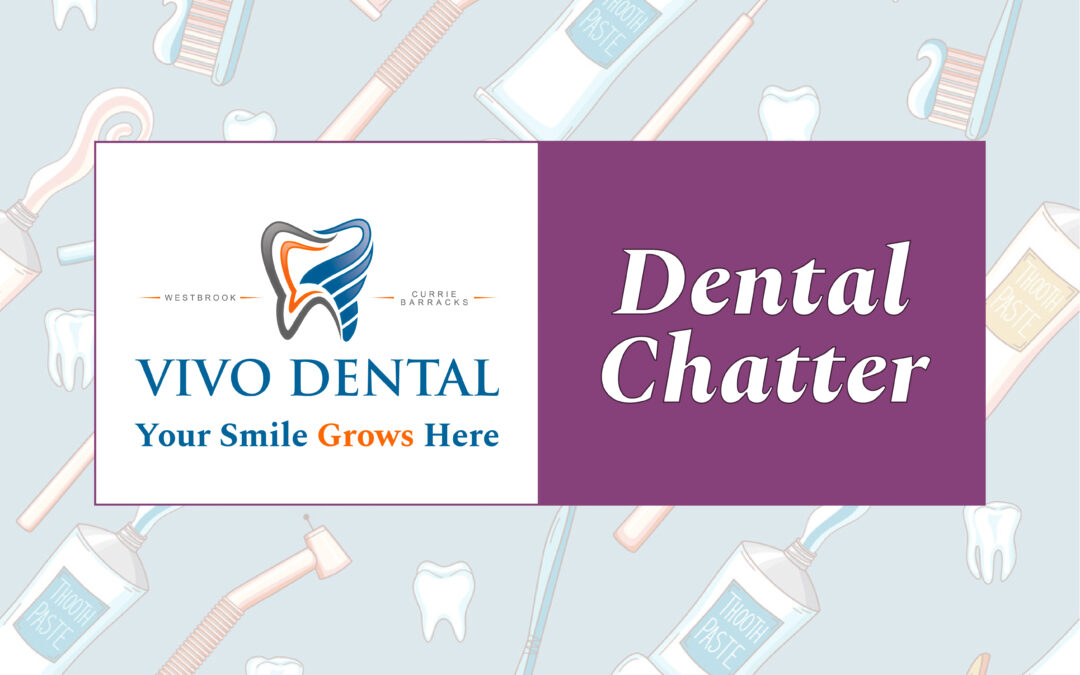I think we can all agree that preventing cavities is much better than having to get decayed teeth repaired. Generally, tooth health has improved a lot over the last few decades, which makes us dentists very happy. However, sometimes the simplest, most basic habits are still overlooked.
Here are 4 habits worth developing at any age.
1. Brush twice a day.
Once in the morning, once at night, for a couple of minutes. This is a great way to brush away debris that hasn’t had the chance to form into plaque, and also leaves your mouth minty fresh! There are no downsides.
2. Floss once a day.
We know, we talk about flossing a lot. It’s for a good reason! Food debris gets trapped between teeth! Brushing only does so much. Flossing takes about the same amount of time as brushing, if not less. Make sure you get between all your teeth and around the back molars. If you have metal wires on the backs of your teeth, orthodontics, or a bridge, ensure you have the tools you need to get in and around those appliances, because they create nooks where food debris loves to collect. Ew.

3. Use a fluoride toothpaste.
Tooth enamel is both hard and porous, which means that acid from plaque can seep into the enamel and break down its structure. A simple way to fight this breakdown is to use toothpaste with fluoride, which slows the breakdown of enamel. It helps form new enamel crystals that are larger and more resistant to acid.
4. Consume less sugar in your diet.
Too much sugar is the enemy of teeth– this includes pop, sugar added to coffee, and sweet treats. If you have a persistent sugar habit, ensure you brush after you eat foods with a lot of sugar. Rinse with water, and chew sugar-free gum to stimulate saliva.
For NERDS:
What are cavities?
Cavities are literal holes in teeth caused by acid decaying the tooth structure. Often this acid comes as the byproduct of bacteria in your mouth consuming carbohydrates in food and food particles. Some of this acid is literal acid: any carbonated beverage (including water) is carbonated using carbonic acid and most soft drinks use phosphoric acid and citric acid for tangy flavor and as a preservative (even diet soda).
PRO TIP:
Try brushing halfway and then Flossing with paste still on your teeth (spit out excess liquid if you want, just don’t rinse) and then finish brushing after this flossing. This is not endorsed by any associations or tested (that I’m aware of) but it’s just a brainstorm from a Dentist. Theoretically this technique can help in a few ways: the paste lubricates the floss so it passes between teeth easier, the bacteria killing fluoride gets right in between teeth where cavities often occur (due to unchecked food particles and bacteria remaining after brushing), the fluoride stays on your teeth longer while you’re flossing and the habits of brushing and flossing get married together making it feel like you haven’t completely brushed without flossing.
We only recommend this at night because the more food particles and acid you remove from the mouth area at night time the less bacteria and acid is “sitting” and “eating” away at the teeth all night long. One tweak to morning brushing could be to brush after eating (again not a reviewed or proven recommendation just a brainstorm) to clean any food (often carbohydrates) you bathe your teeth in and allow fluoride to work its magic for a few hours until lunch.

